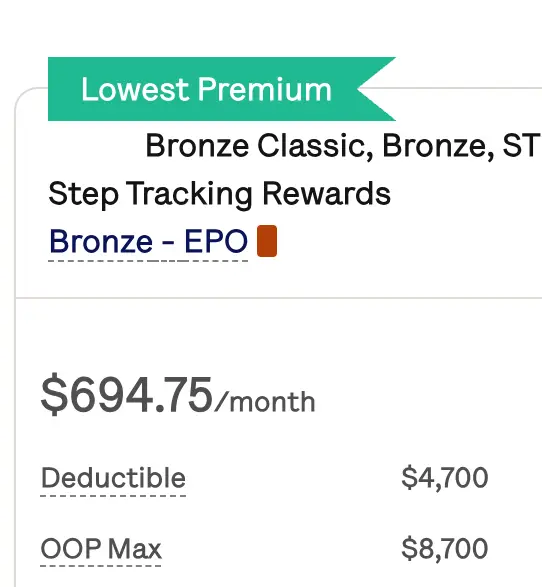LASIK Can Cost $50 to $5000 And Here's Why
LASIK eye surgery is an outpatient procedure performed to correct one’s vision to 20/20 or better. The average cost of LASIK eye surgery without insurance in 2023 is $2,385 per eye or $4,770 for both eyes. Other factors can also increase the surgery's cost, like the technology used or the patient’s vision quality.
If you have problems with your vision or other aspects of your health, Mira can help you get an appointment at an urgent care center near you. In addition, a Mira membership offers up to 80% off prescriptions and affordable lab tests.
7 Different Types of LASIK Surgery
1.Traditional LASIK: $1,000 to $2,500 per eye
Traditional LASIK is the original form of surgery, where a microkeratome, a hand-held blade, is used to create a thin flap in the cornea. After lifting the flap, an excimer laser reshapes the underlying corneal tissue to correct the vision. This method is typically the least expensive, with costs ranging from $1,000 to $2,500 per eye. Despite being the oldest technique, traditional LASIK is still performed today due to its relative affordability and good outcomes for suitable candidates.
2. Custom LASIK (Wavefront LASIK): $2,000 and $3,000 per eye
Custom or Wavefront LASIK takes a more personalized approach. It employs wavefront technology to generate a detailed map of the eye, thus enabling the surgeon to tailor the laser ablation process more precisely. This can result in better visual outcomes and reduce the likelihood of nighttime glare and halos, common complications with the traditional approach. The cost can jump significantly, generally between $2,000 and $3,000 per eye due to the advanced technology involved.
3. Bladeless LASIK (All-Laser LASIK): $2,000 to $4,000 per eye
Bladeless, also known as All-Laser LASIK, refers to a method where a femtosecond laser replaces the microkeratome blade to create the corneal flap. This laser offers more precision, potentially reducing the risks associated with the mechanical cutting of a flap. Greater precision allows for a more consistent flap thickness, which is particularly beneficial for patients with thin corneas. Bladeless LASIK costs can range from $2,000 to $4,000 per eye.
4. Topography-Guided LASIK
An advancement in the LASIK field is topography-guided LASIK, which uses detailed corneal topography maps to guide the laser for a highly customized treatment. It is particularly useful for patients with irregular astigmatism or corneal abnormalities. The cost of topography-guided LASIK is similar to that of Wavefront LASIK, but may be slightly higher due to the advanced mapping technology involved.
5. SMILE (Small Incision Lenticule Extraction): $2,500 and $4,000 per eye
SMILE is a newer variation of laser eye surgery that differs significantly from LASIK. A small, lenticule-shaped piece of corneal tissue is created and removed through a small incision, reshaping the cornea without the need for a flap. The key advantages are a reduced risk of dry eye symptoms and a stronger cornea post-procedure, making it suitable for patients with active lifestyles. SMILE generally costs between $2,500 and $4,000 per eye.
6. LASEK and PRK (Photorefractive Keratectomy)
LASEK (Laser-Assisted Sub-Epithelial Keratectomy) and PRK are alternatives to LASIK that do not involve creating a corneal flap. Instead, the outer corneal layer (the epithelium) is gently moved aside before reshaping the corneal tissue underneath. These procedures often are recommended for patients with thin corneas or other corneal issues. The cost is somewhat lower than LASIK, falling in the same range as traditional LASIK.
7. Epi-LASIK
Epi-LASIK is similar to LASEK but uses an epikeratome device to separate the epithelial sheet, preserving more corneal tissue. The difference in outcome compared to LASEK may be minimal, and the cost of Epi-LASIK generally overlaps with that of LASEK and PRK.

Get affordable doctor copay without paying insurance premiums
Join 39,000 people and get Mira, the best alternative to traditional insurance. Enroll and use immediately. Plans start at only $45/mo.
Talor graduated from Penn State University with a B.S. in Biobehavioral Health, and minors in Spanish and Diversity & Inclusion in May of 2022. She has a passion for health equity and diversity in health. In the future, Talor hopes to work in public health policy reform to help eliminate health disparities. She enjoys reading, cooking, and listening to podcasts in her free time.
